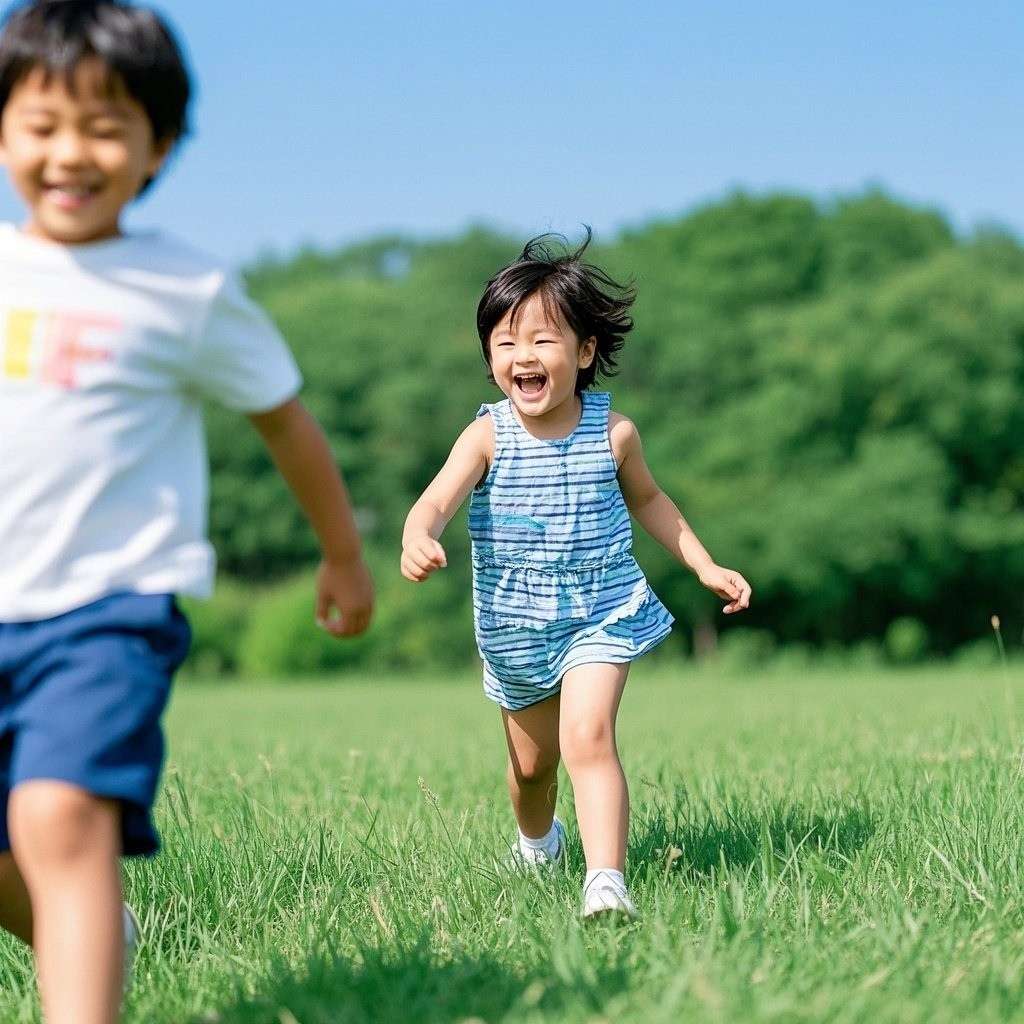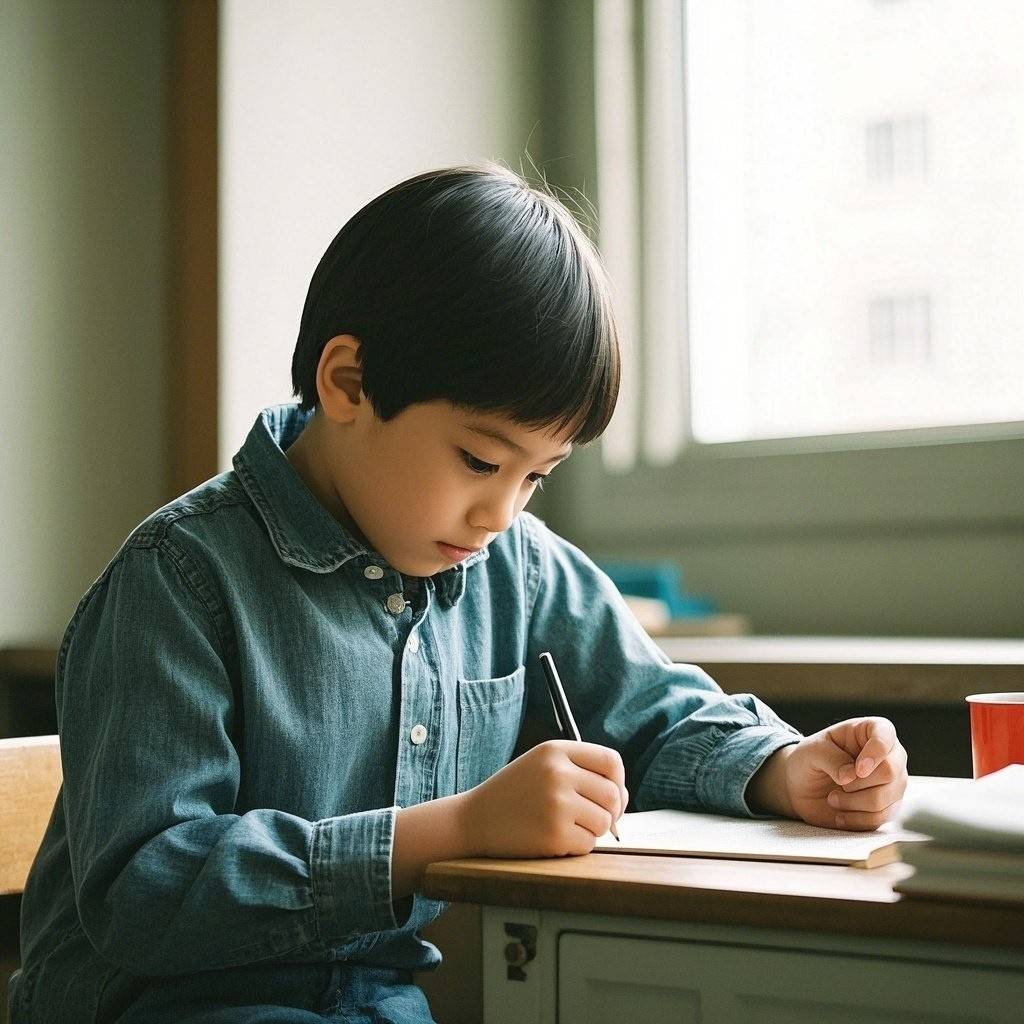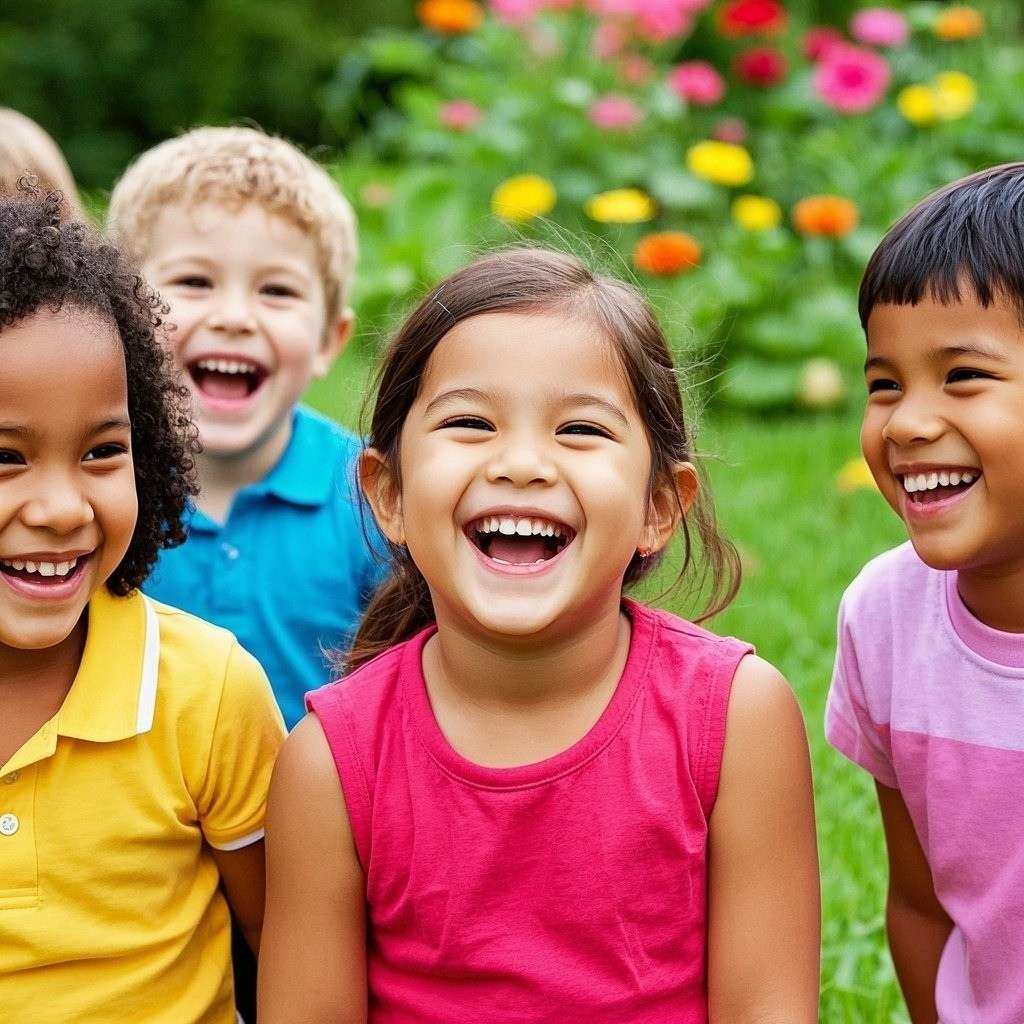Middle childhood—typically ages 6 to 12—is a golden age of transformation. One moment they’re still clinging to their superhero cape, and the next, they’re planning school projects, managing friendships, and asking deep questions about fairness, trust, and choices.
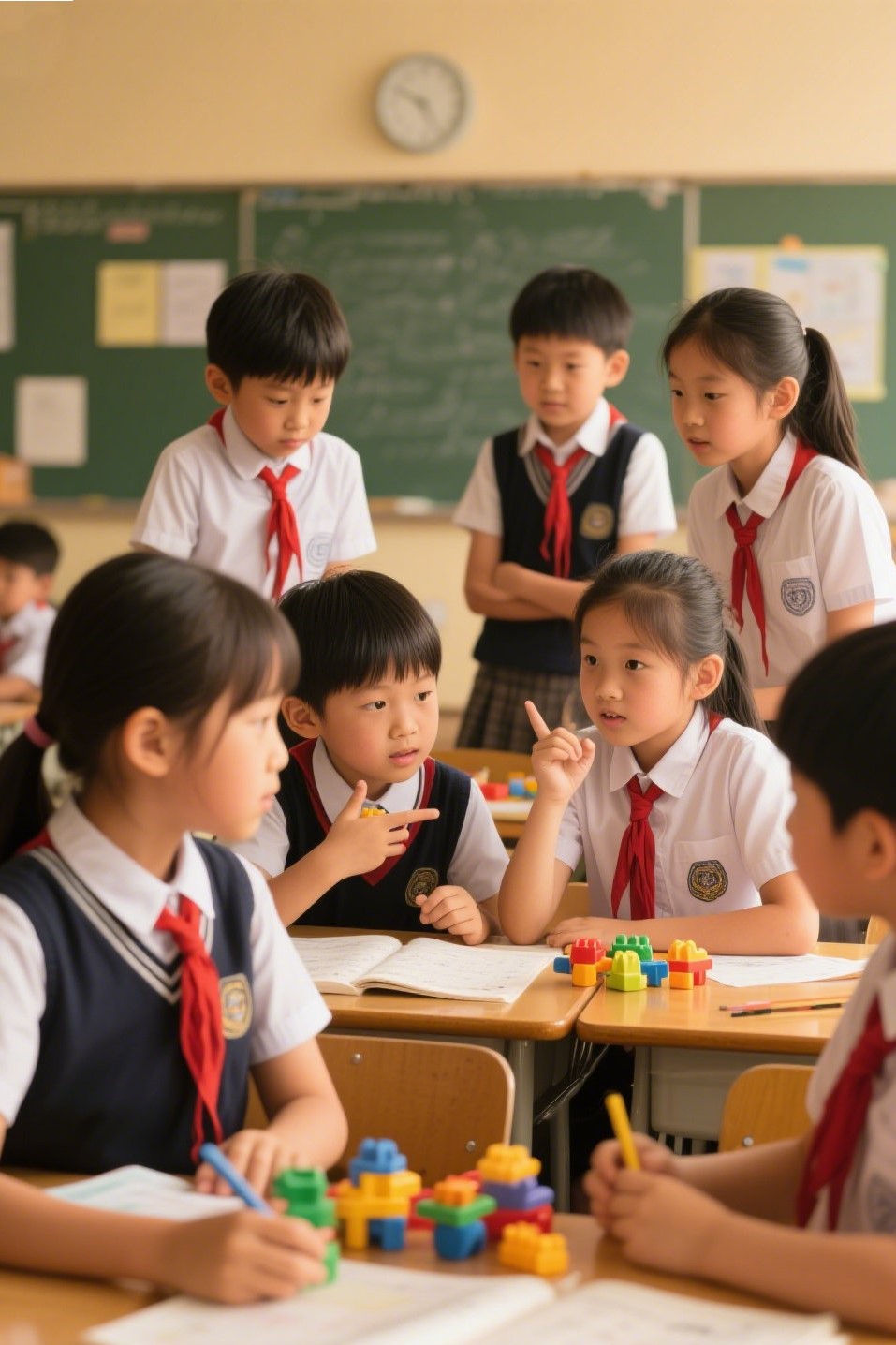
It’s a time when children are not just growing taller—they’re growing wiser.
And during this rich, in-between phase of life, one skill rises above the rest: Responsibility.
But here’s the real question: What’s the best way to teach it?
Let’s dive into creative, practical, and heart-led ways to help kids in middle childhood not only understand responsibility—but live it.
🎯 1. Give Real Tasks with Real Purpose

Children at this age crave meaning. They don’t want “pretend” jobs—they want to matter.
Don’t give them busy work just to “teach a lesson.” Instead, let them:
- Pack their school lunch (with supervision)
- Walk the family dog (if age-appropriate)
- Plan part of a weekend activity
- Keep track of their homework or reading list
The best way to learn responsibility? Do something that actually counts. When they see their actions have real impact, they rise to the occasion.
🧩 2. Break Big Tasks Into Kid-Sized Pieces
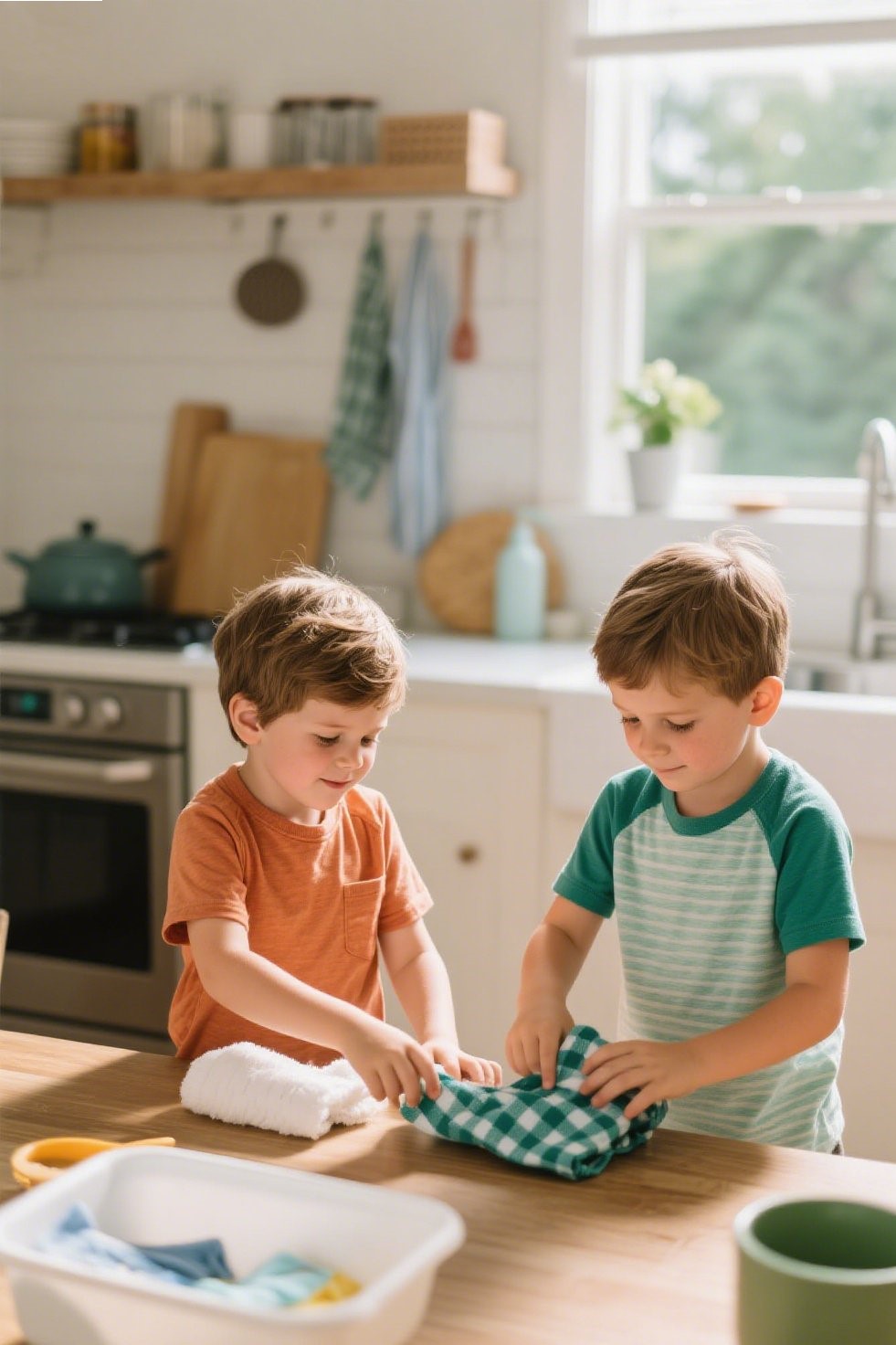
Responsibility doesn’t mean throwing them into the deep end. It’s about letting them practice in small, manageable ways.
Want them to take charge of their room? Don’t just say “Clean it.” Try:
✅ “Can you put the books on the shelf?”
✅ “Fold your shirts and put them in this drawer.”
✅ “Check off what you’ve done on this list.”
Middle childhood is the perfect time to develop habits. Start small. Celebrate consistency.
🧠 3. Let Consequences Do the Teaching

One of the hardest (but most effective) ways to teach responsibility?
Don’t rescue too quickly.
If your 9-year-old forgets their homework, it’s tempting to rush it to school. But allowing natural consequences—like a reminder from the teacher—teaches more than a lecture ever could.
Responsibility grows when children feel the effects of their choices. You’re not being cruel—you’re showing trust in their ability to learn from life.
🧡 4. Model It Loud and Proud

Kids watch everything. If you leave dishes in the sink, skip appointments, or blame others for mistakes, they take note.
Responsibility is best learned when it’s seen in action.
- Admit when you forget something.
- Say, “I made a mistake—but I’m going to fix it.”
- Involve them in your to-do list: “I’m budgeting for groceries. Want to help?”
When responsibility is part of your daily rhythm, it becomes part of theirs too.
🧠 5. Teach Reflection, Not Just Rules

Middle childhood is when kids develop moral reasoning. They’re not just following rules—they’re beginning to ask why those rules exist.
So ask them things like:
- “How did that choice work out?”
- “What would you do differently next time?”
- “How can you make it right?”
This helps them own their behavior, not just comply. And that’s the real root of responsibility: doing the right thing—even when no one’s watching.
🎨 6. Let Them Lead (Even Just a Little)
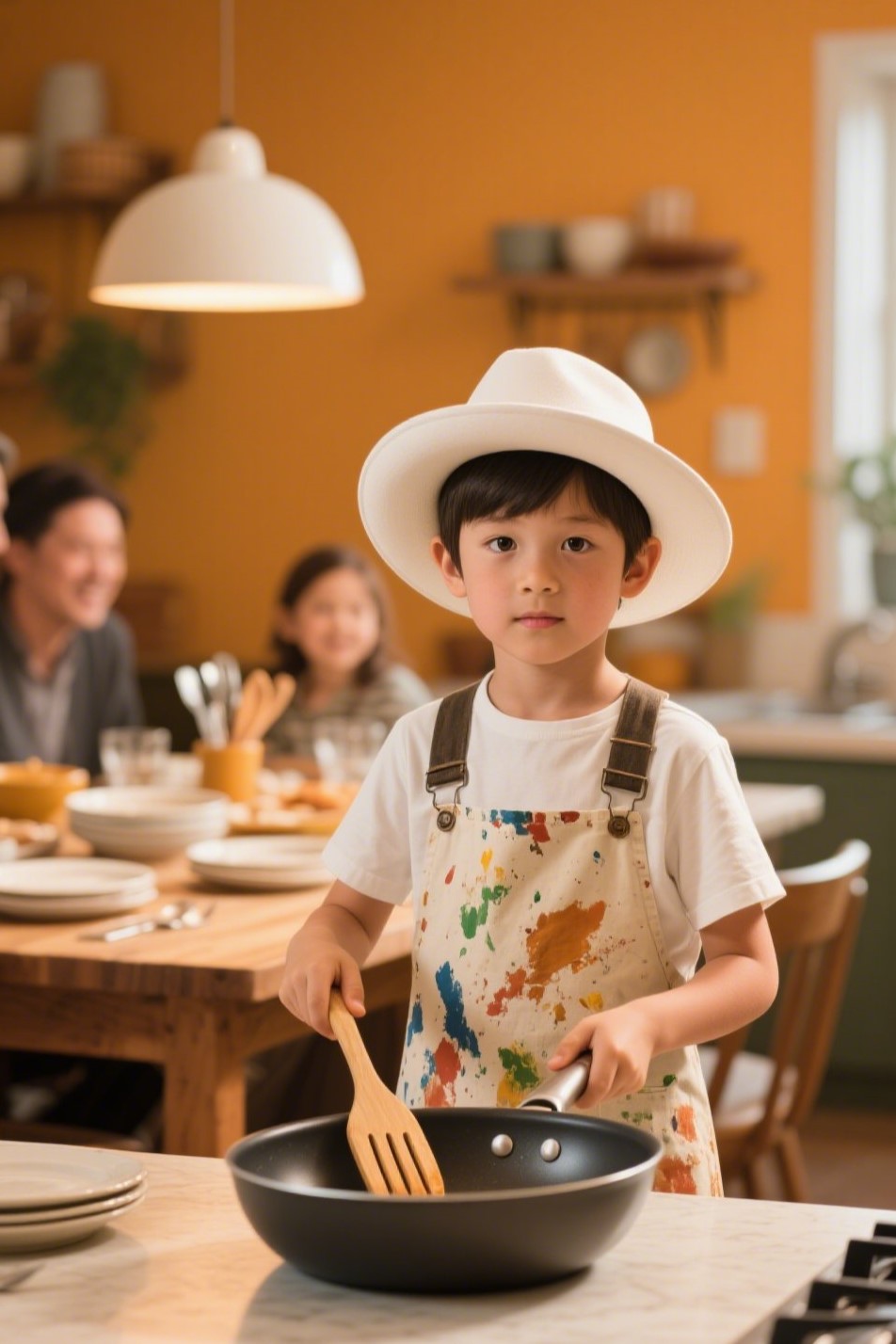
Leadership builds ownership. And nothing teaches responsibility faster than being trusted with a little control.
Let your child:
- Be “family chef” one night with a simple recipe
- Organize their own birthday party budget
- Take care of a plant or pet
- Plan a morning routine and stick to it
It’s not about perfection. It’s about showing them: “You’ve got this.”
🌱 Final Thoughts: Responsibility is a Muscle, Not a Moment
You don’t hand a child responsibility once and expect it to stick. You build it gradually, through trust, trials, tasks, and time.
Middle childhood is the sweet spot—a time when kids are still eager to please, but bold enough to take charge. If nurtured right, they’ll enter their teen years with confidence, integrity, and a voice that knows how to say, “I can handle it.”
So let them try. Let them fail. Let them fix it. Let them grow.
Because one day, they’ll thank you—not for making life easy, but for showing them how to carry it well.
🌟 “Responsibility is not about being told what to do. It’s about learning how to choose what’s right.”
Let’s raise children who don’t just follow rules—but who build lives they’re proud of.


